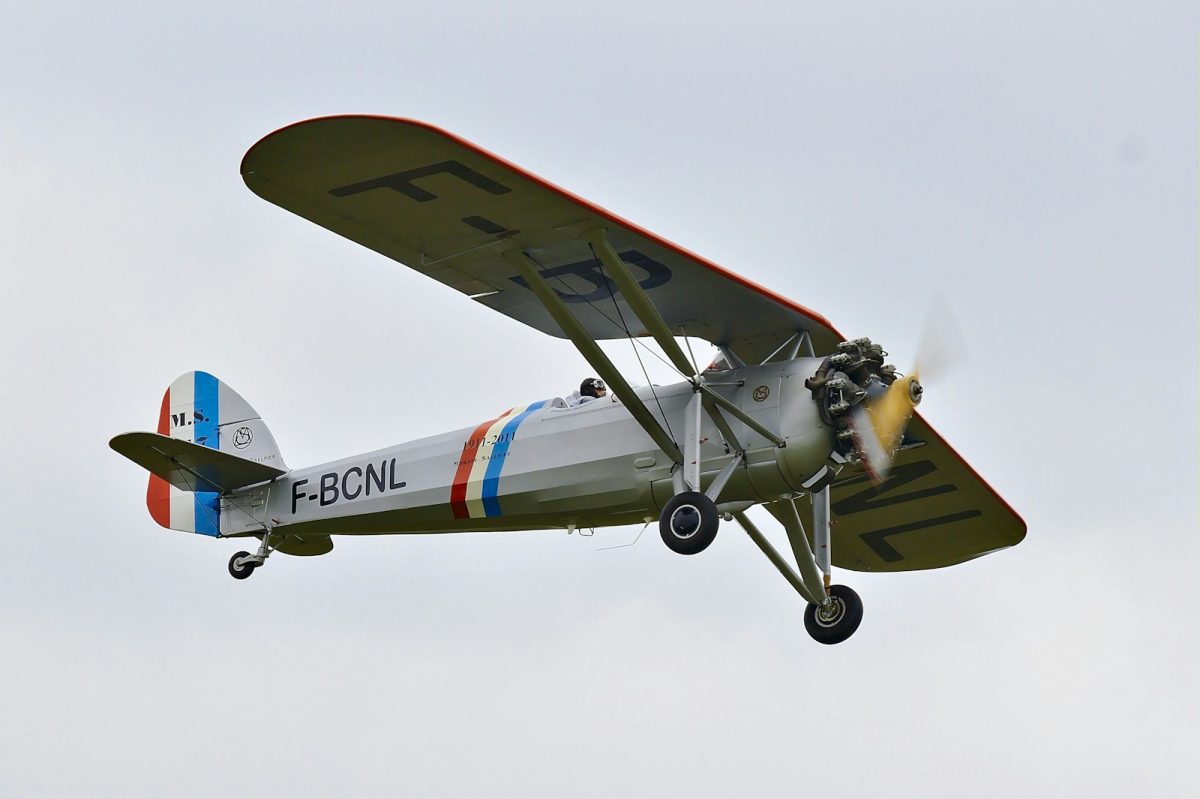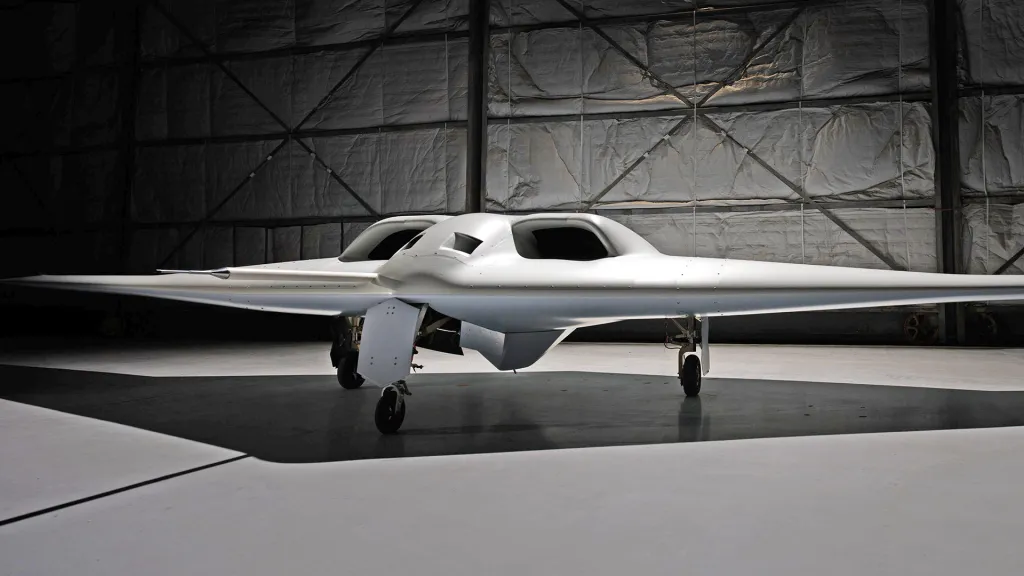The dream of human flight most likely began with observing birds soaring through the sky. For ages, however, progress was delayed by attempts to design aircraft that simulated the beating of a bird’s wings. Generations of experimenters and dreamers who focused their attention on ornithopters, machines with flapping wings to generate both lift and propulsion, contributed nothing substantial to the final solution of the problems blocking the route to mechanical flight.
The path to the invention of the airplane began in the 16th, 17th, and 18th centuries, with the first serious research into aerodynamics, the study of the forces operating on a solid body, like a wing, when immersed in a stream of air. Leonardo da Vinci, Galileo Galilei in Italy, Christiaan Huygens in the Netherlands, and Isaac Newton in England all helped understand the relationship between the resistance (drag) and other factors, like the surface area of an object exposed to the stream. Swiss mathematicians Daniel Bernoulli, Leonhard Euler, and British engineer John Smeaton explained the relationship between pressure and velocity. They provided information that enabled later engineers to calculate aerodynamic forces.
George Cayley, an English baronet, bridged the gap between physical theory, engineering research, and the age-old dream of flight. He gathered important data of value in the design of winged aircraft, using instruments developed in the 18th century for research into ballistics. Cayley also pioneered aircraft design, explaining that a successful flying machine would have separate systems for lift, propulsion, and control. While he did produce designs for ornithopters, he was the first experimenter to focus on fixed-wing aircraft.
Cayley found that in imitating the shape of a bird’s wing, the key to lift was the arch. An arched wing would produce more lift than a flat wing because of lower pressure on the curved surface. His observations of birds in flight led him to recognize the superiority of relatively long and narrow wings for soaring. Thinking practically, he designed biplane and multiplane wings (the first of their kind) to provide maximum surface area in a strong and easily braced structure.
RELATED STORIES
https://www.britannica.com/technology/history-of-flight
https://airandspace.si.edu/collection-objects/1903-wright-flyer/nasm_A19610048000
https://airandspace.si.edu/explore/stories/wright-brothers
https://www.britannica.com/topic/Wright-flyer-of-1903
https://www.history.com/news/history-faceoff-who-was-first-in-flight
TAKE ACTION






